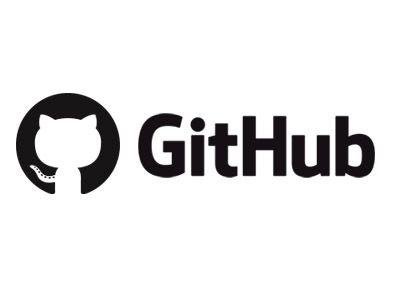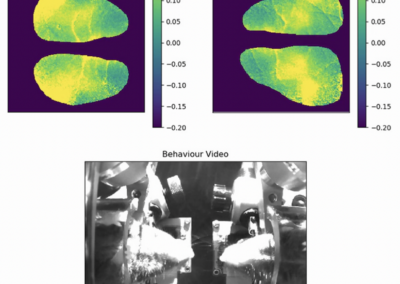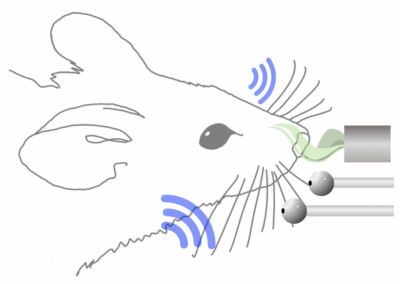“Plottin on the mouse trap / This is a lyric written by Method Man, a member of the Wu Tang Clan and possible mouse enthusiast. However, the everyday hip-hop enjoyer must ask themself one essential question: how can one ensure that Method Man’s full-body coordination has developed within the capacity to attain success in snatching the cheese? This question, and many others, can be answered by Locomouse: a kinematics analysis tool used to study movement coordination in free-walking mice. Developed by Ana S. Machado et al., Locomouse is a noninvasive system consisting of cameras and machine learning algorithms that allow for three-dimensional detection and tracking of a mouse’s paws, tail, and nose. Specifically, the 400fps camera works in conjunction with data-collecting infrared sensors that transfer that data to machine learning algorithms, which in turn identify and track the paws, noses, and tails in 3D. The high temporal resolution of the data allowed the researchers to separate the walking patterns into their constituent axes as well as isolate specific impairments present in ataxic mice. Locomouse operates within the setting of a glass passage, designated as “corridor” in the experimental design because “Rickety Mouse Clubhouse” faced legal repercussions. Locomouse was developed to compare mice with pcd (Purkinje-cell degradation)-attributed ataxia to mice with no motor issues. The Locomouse system analyzes three anatomical segments of the mouse to assess the contribution of cerebellar circuits toward locomotor coordination. By using Locomouse, a framework for movement coordination was quantitatively established, existing as a guide for future research on mouse ataxia and cerebellar involvement. This framework was constructed in multiple ways such as the assessment of a mouse’s stride and swing within the context of their walking cycle, calculation of average walking speed, and creation of ribbon plots that show the vertical expression of each anatomical segment throughout its stride. The code for Locomouse can be accessed through GitHub and uses Matlab and C++ as its languages, though Matlab is a substantial majority of the code. Additional open source components were the LIBSVM Library and the code from Russell et al., 2011. The first of which was used to establish a support vector machine: a learning model that is used in tandem with machine algorithms. The research by Russell et al., on the other hand, was used to perform the mutli-target tracking. Although Locomouse was designed for mice, its concepts can be used by researchers to study the affected motion patterns in movement disorders across species. Since the code is open source, this technology can be tweaked and used on almost any ataxic or otherwise movement-impaired being: dogs, cats, even the Philadelphia Eagles’ offensive line. Regardless, Locomouse is an excellent way of analyzing movement coordination. Due to the breadth of movement disorders, Locomouse is an especially effective kinematic analysis tool for assessing these disorders by their anatomical phenotypes. This research tool was created by your colleagues. Please acknowledge the Principal Investigator, cite the article in which the tool was described, and include an RRID in the Materials and Methods of your future publications. Project portal RRID:SCR_021390; Software RRID:SCR_021397 Learn more about this project, the hardware components, and software development from eLife! Get access to the software and related tutorials from the Locomouse GitHub Repository! This post was brought to you by Jack Mason. This project summary is a part of the collection from neuroscience undergraduate students in the Computational Methods course at American University.Locomouse

About to snatch the cheese”Read the Paper
Locomouse GitHub Repository
Thanks, Jack!
Have questions? Send us an email!







